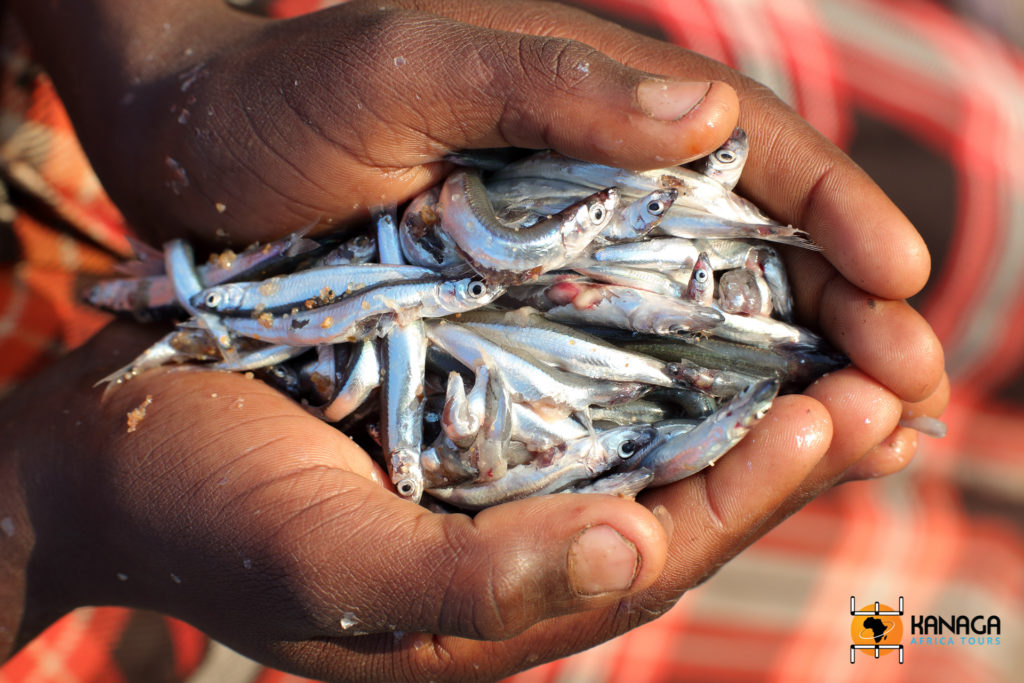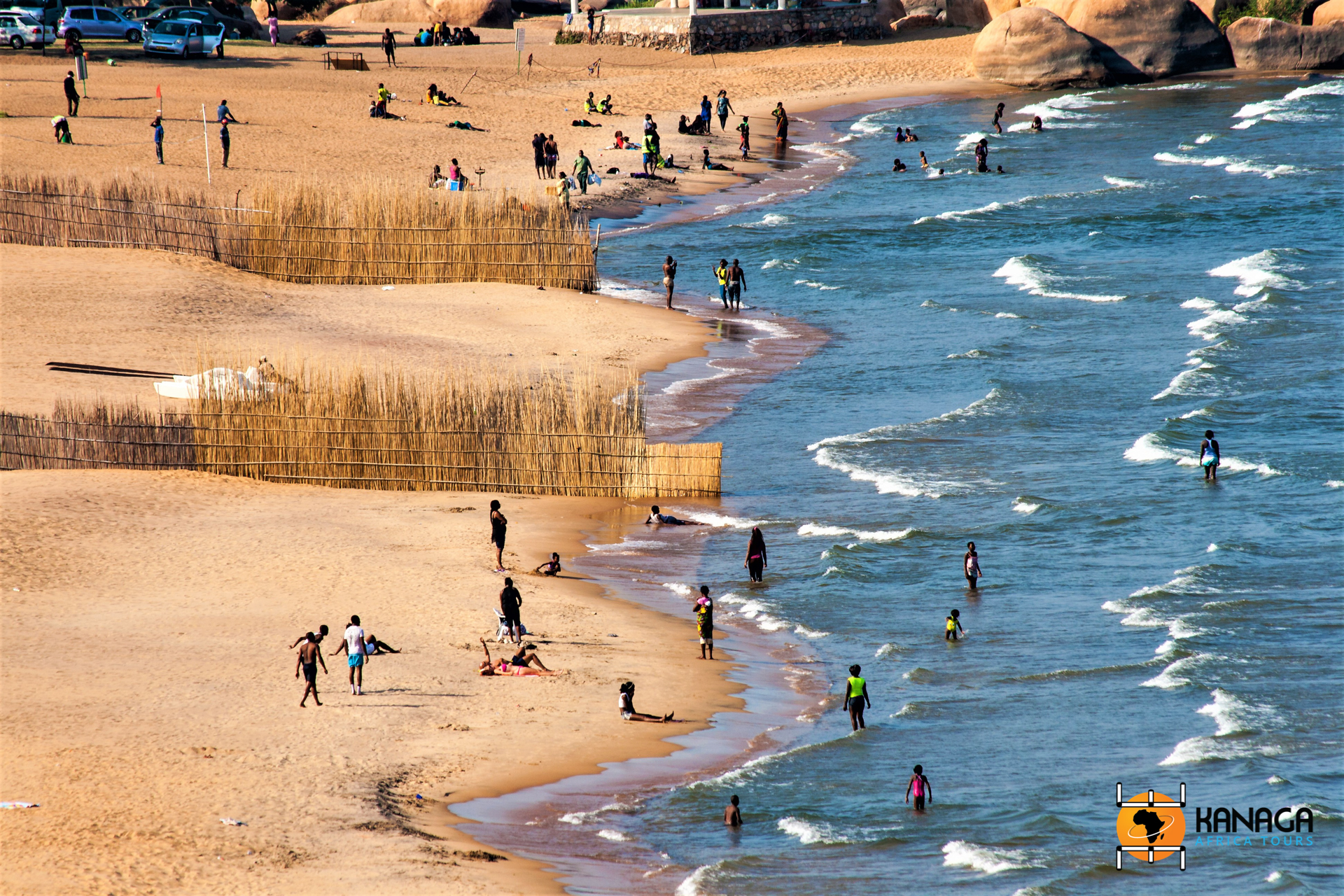Set like a huge sapphire in the Rift Valley, along the border with Mozambique and Tanzania, Lake Malawi or Lake Nyasa, in the local language, occupies with its blue waters about 20% of the surface area of the country of the same name, ranking third among the largest lakes on the African continent. A true inland sea of fresh water that preserves extraordinary naturalistic surprises and unique eco-systems.
A paradise for ichthyologists and diving enthusiasts, the lake is probably Malawi’s favourite tourist destination and its placid shores attract thousands of local and international visitors every year, although in reality it is still a destination far from attracting the interest it deserves, eager to discover the impressive variety of colourful cichlid fish that live among its depths, catalogued to date in some 600 different species, all of them endemic.
It is therefore not surprising that the southernmost appendix of the large lake basin, which opens onto Monkey Bay, dominated by Cap Maclear, became a National Park in 1980 and, four years later, was listed as a UNESCO World Heritage Site.
Blue, yellow, orange, purple, brown, black and white are just some of the colour ranges of these spectacular endemic fish, which colour the rocky depths of the lake and are easily observed on a dive.
Dotted with small fishing villages, the shores of the lake are bordered by fine, golden sandy beaches and framed by wooded and hilly landscapes, offering ideal settings for relaxing holidays, in contact with the lake’s nature, or for sporting activities and excursions, concentrated especially on the stretch of shoreline from Senga Bey to Cap Maclear, where a wide range of hotels and lodges offer accommodation to suit all budgets and needs.
Diving and snorkelling to discover the colourful life on the seabed, kayaking, sailing and sport fishing, walking and trekking looking for baboons, colourful birds and fish eagles, or hippos, crocodiles and the shy leopards that inhabit the forests and rivers in the surrounding area, are just some of the many activities that the Lake Malawi region has to offer. And for the lazy ones in search of relaxation, the “sweet doing nothing” goes well with the lakeside scenery, to be contemplated under an umbrella, or over a plate of nsima (the local maize porridge), accompanied by a freshly grilled chambo, while in the distance the small lanterns of the fishermen’s boats start to light up, as they come out in the light of the setting sun.
There are also many day trips that can be made, both on the lake, sailing to the numerous islands and atolls that embellish its surface, among which the main ones are Maleri Island, or further north Likoma Island, and around Mount Dedza, whose rocky ravines near Chongoni preserve hundreds of extraordinary examples of rock art, at least 3,000 or 4,000 years old, classified as World Heritage by UNESCO in 2006 and attributable to the ancestors of the Chewa farmers or BaTwa hunter-gatherer peoples, who inhabited the region in prehistoric times.
An authentic and alternative Africa, far off the beaten track of international tourism and only worth discovering!







